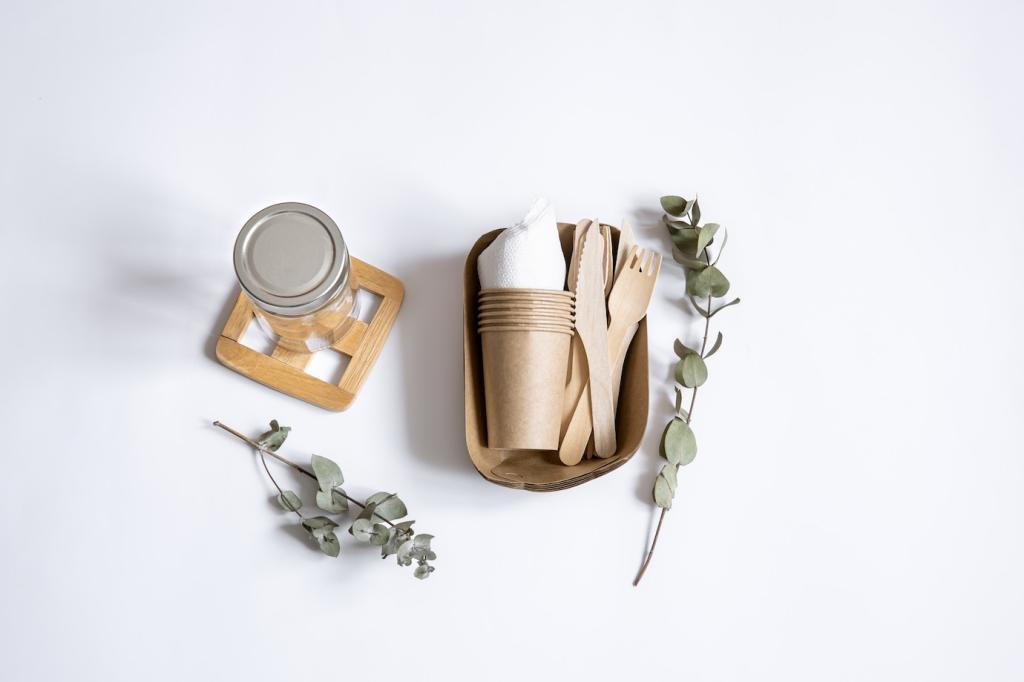
Breathe Easy: Non-Toxic Paint Alternatives for Beautiful, Healthy Spaces
Today’s chosen theme: Non-Toxic Paint Alternatives. Step into a fresher way to transform walls and furniture—rich colors, timeless finishes, and materials that respect your lungs, your loved ones, and the planet.
Many conventional coatings release volatile organic compounds long after the brushes are washed. Non-toxic alternatives minimize off-gassing, protecting babies, pets, and anyone sensitive to strong odors, so your freshly refreshed room smells like home—not a chemical aisle.
Why Non-Toxic Paint Alternatives Matter
When Maya and Leo prepared their baby’s room, they chose milk paint and a natural wax. That evening, they moved the crib in without a headache in sight, and the only scent was a faint, clean mineral note that vanished by morning.
Why Non-Toxic Paint Alternatives Matter
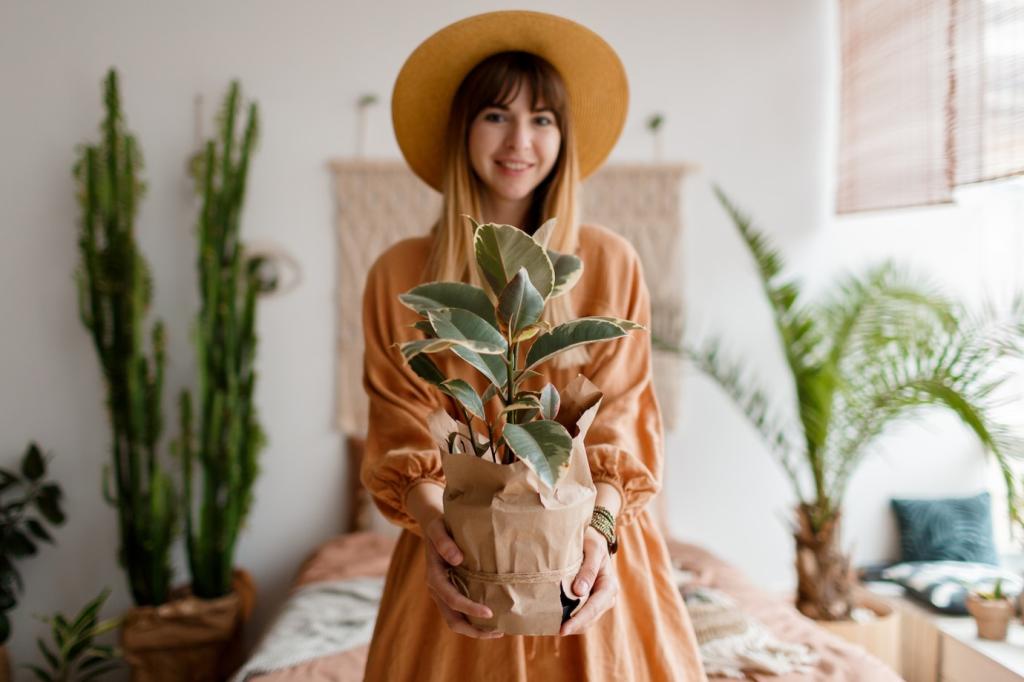
Milk Paint Basics
Made from casein, lime, and earth pigments, milk paint arrives as a powder you mix fresh with water. It dries to a chalky matte, bonds beautifully to raw wood, and contains no synthetic solvents—just quiet color with soulful, handmade character.
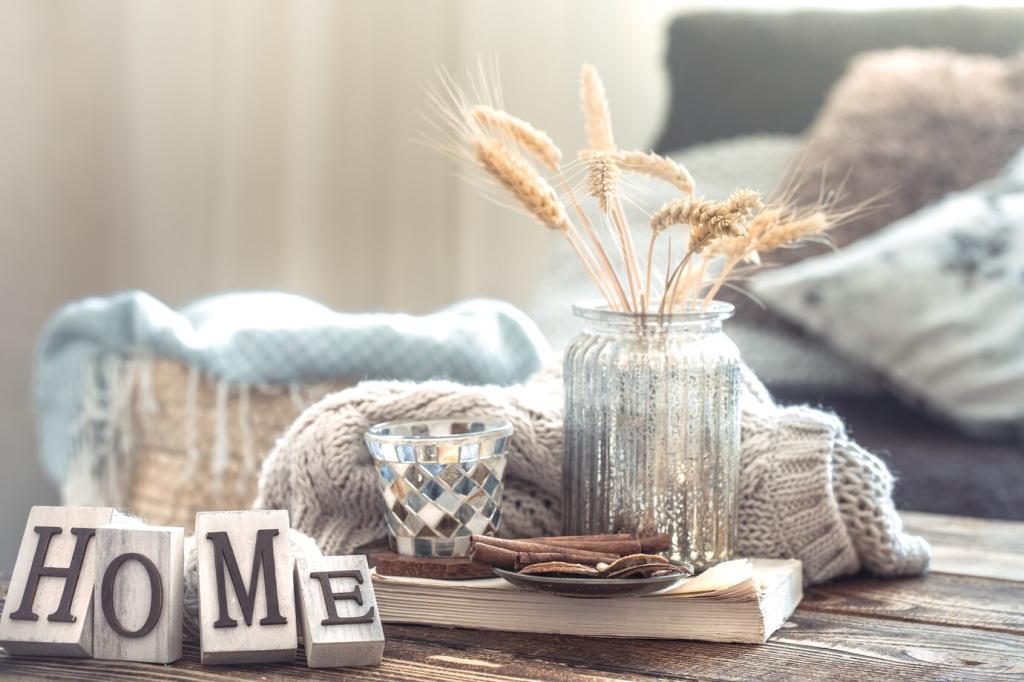
The Depth of Limewash
Limewash carbonates as it cures, creating cloudlike movement and a mineral surface that breathes. It excels on plaster and masonry, softening light with gentle variation. Think heritage villas and serene studios—timeless, tactile, and delightfully low odor.
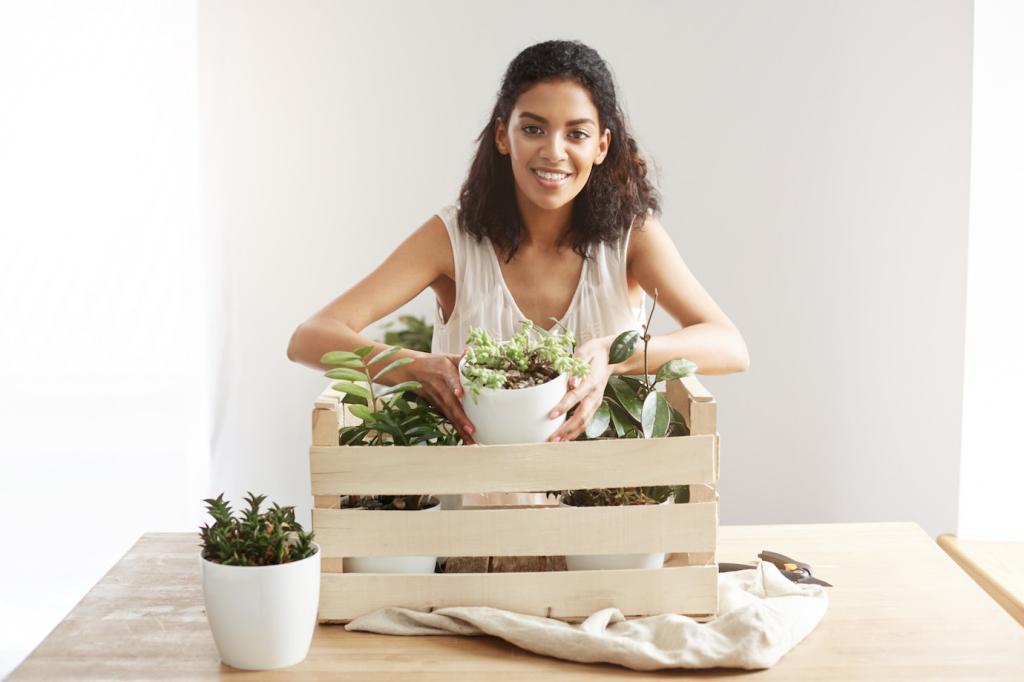
Mineral Silicate Paints
Silicate binders chemically bond to mineral substrates, producing a finish that resists peeling and welcomes moisture exchange. The result is durable color with minimal emissions. Curious about prep or compatible walls? Leave a question and follow for detailed walkthroughs.
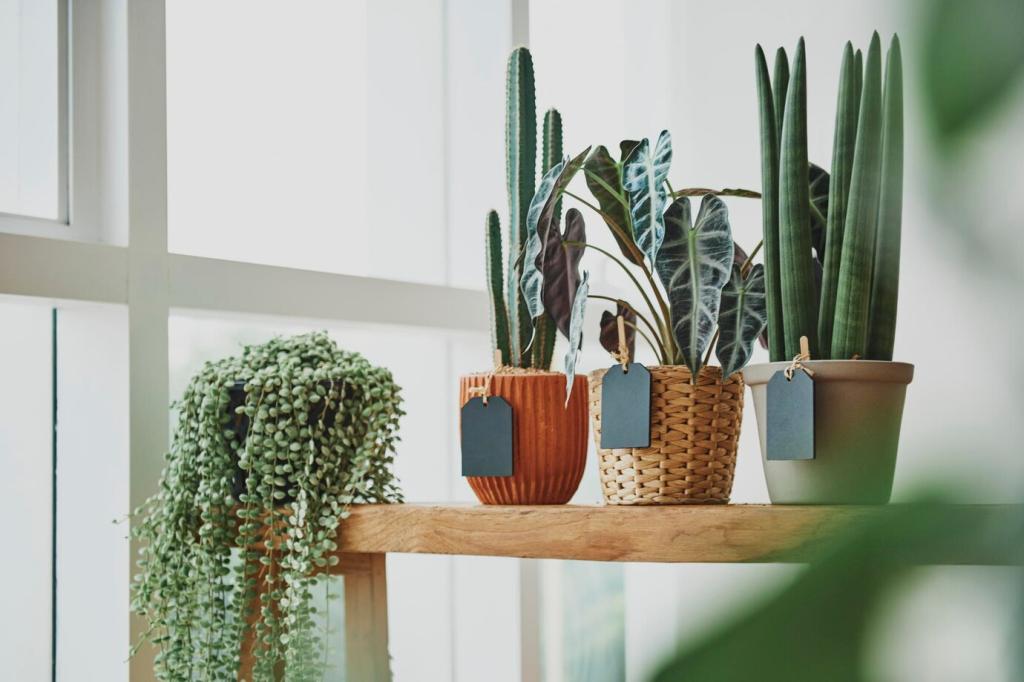

DIY Non-Toxic Paint Recipes and Methods
For a velvety chalk finish, blend finely ground calcium carbonate into a water-based, zero-VOC base and tint with natural earth pigments. Mix small batches, strain for smoothness, and test on scrap wood to fine-tune thickness before tackling your favorite dresser.
DIY Non-Toxic Paint Recipes and Methods
Create a wash with clay or ochre pigments, a touch of gum arabic, and water for nuanced, layered color. Brush on, then wipe back in areas to reveal depth. It’s perfect for frames, stools, and accent panels that crave gentle warmth.
Sourcing and Certifications Made Simple
Reading Labels Like a Pro
“Zero-VOC” bases can still gain VOCs from colorants, so check safety data sheets and third-party marks like GREENGUARD Gold or Cradle to Cradle. Look for full ingredient disclosure, and prefer mineral binders and plant-based additives you can actually pronounce.


This is the heading
Lorem ipsum dolor sit amet, consectetur adipiscing elit. Ut elit tellus, luctus nec ullamcorper mattis, pulvinar dapibus leo.

This is the heading
Lorem ipsum dolor sit amet, consectetur adipiscing elit. Ut elit tellus, luctus nec ullamcorper mattis, pulvinar dapibus leo.
